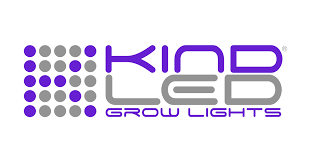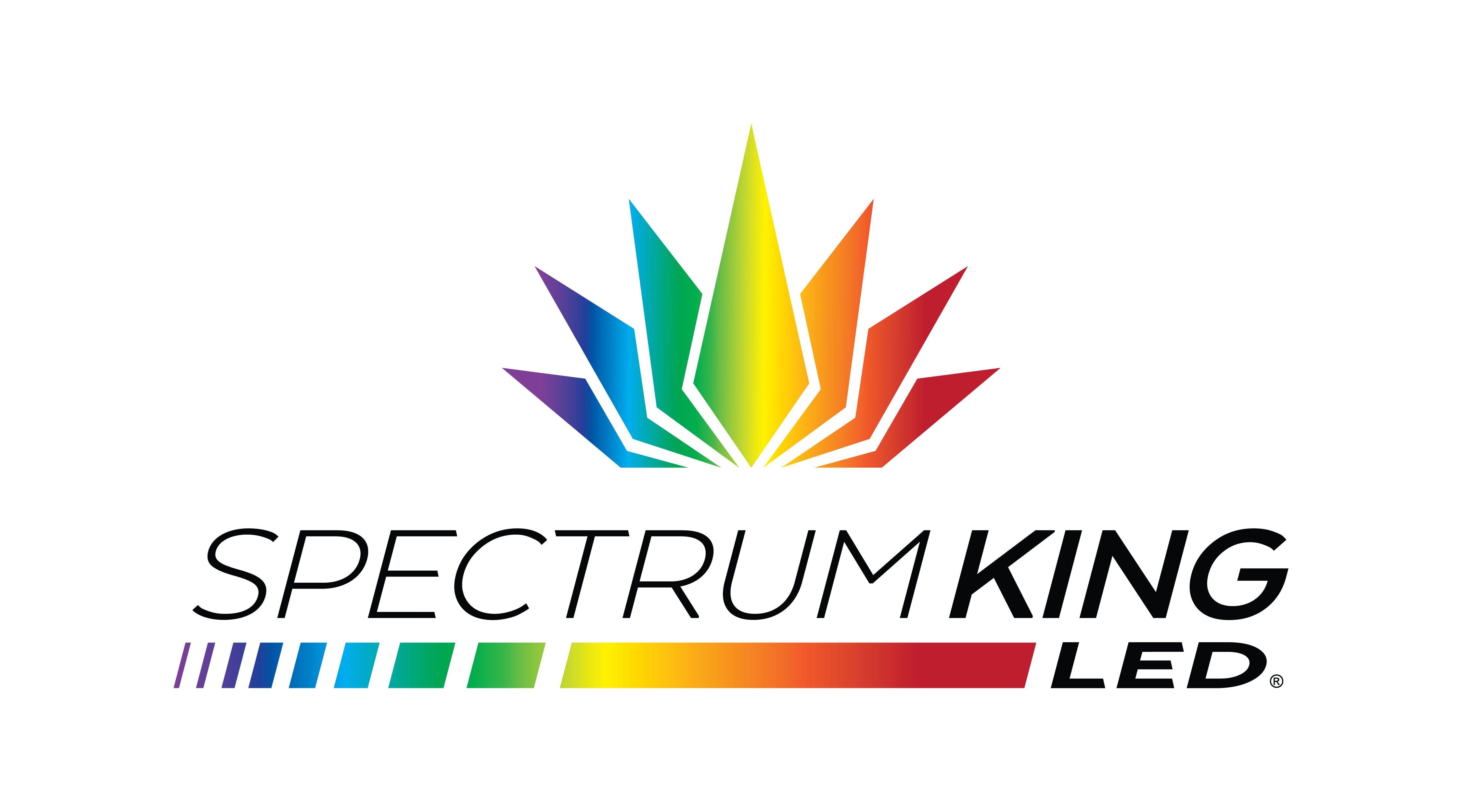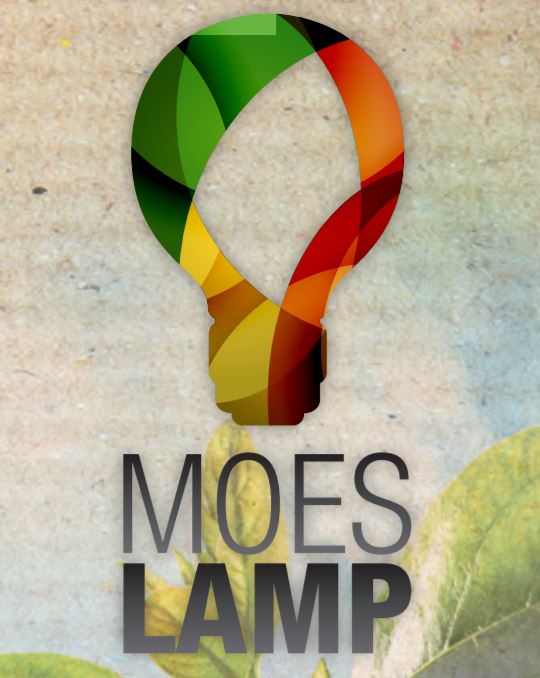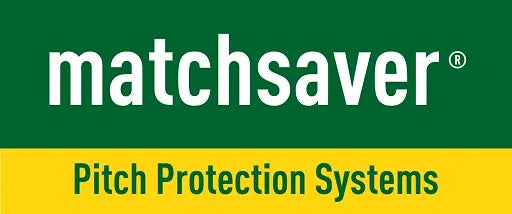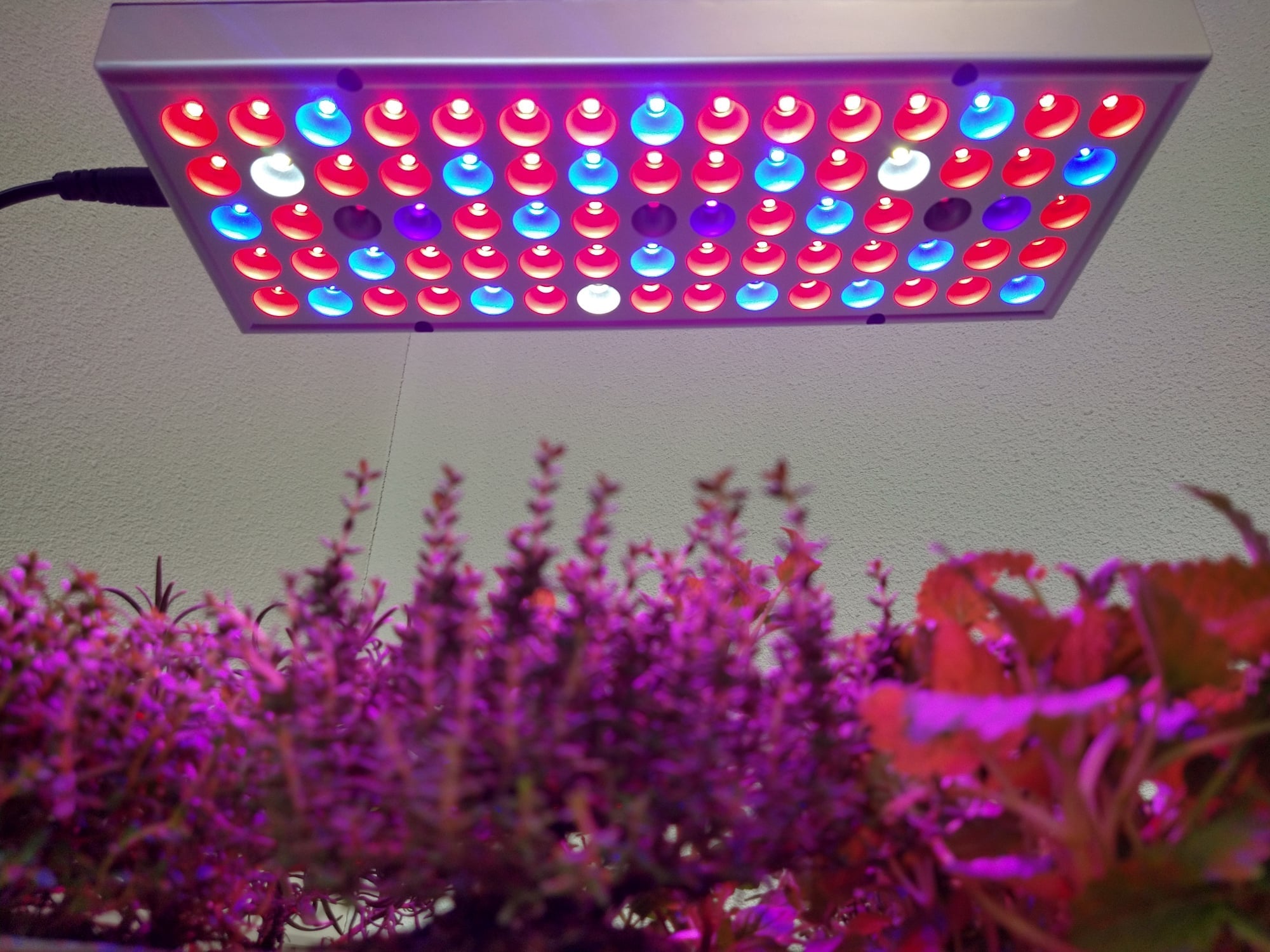
You need to know this about LED growth lamps
You need to know this about LED growth lamps
In the Netherlands, unfortunately, the sun does not shine at full strength all year round or do you have many dark places where you can hardly put plants in the house? LED growth bulbs offer a nice solution for this. LED growth bulbs have been specifically developed to promote the growth of your plants. Even in a room where no windows are present. You can also use them to give your plants a boost in the winter when the days get shorter and the sun shines less bright. In this blog post I will tell everything about growth lamps.

Different types of growth bulbs
Nowadays, most growth lamps use LEDs, these use little power and do not get hot. There are many different types such as small pears that you run in an E27 fitting but also LED strips. There are also complete luminaires available where LED panels are incorporated, these are generally a bit more powerful and can cool themselves better. Each lamp has such advantages, an E27 LED growing lamp is intended for illuminating 1 to 3 plants, but with an LED strip you can already illuminate many more plants.
When do you use an LED growing lamp?
There are various reasons for this. Suppose you have a dark corner in the house or a room that does not contain daylight and you still want plants to grow, then an LED growing lamp can offer the solution. You can also use an LED growth lamp only in the winter as soon as the days get shorter and it is a lot darker in the house. If you cannot move your plants to a suitable place, an LED growing lamp can ensure that your plants stay healthy. It is also possible to use a growth lamp to grow seedlings and to give your cuttings extra power in the winter.

How long does an LED grow lamp have to be on?
You do not have to wear an LED growth lamp 24 hours a day, that is also not good for plants because plants also have a day and night rhythm. In the night, when it is dark, the plant has a rest period, this is necessary for development. You can do this through a timer, some LED growth bulbs have built in a timer. The maximum number of hours that the lamp is on is 16 hours, this is perfect if you grow cuttings and seeds. For a stable growth of an adult plant, 10 to 12 hours of light is needed.
What should you pay attention to?
At the moment there are a lot of different types of growth lamps. In this blog We explain which light spectra there are. White light is currently the most popular but not every white light is the same. When an LED growing lamp is intended for growth, only clear white LEDs will be incorporated into it. These have the color temperature of 6,500K. There are also lamps intended for the growth and flowering of your plants, these lamps use a white full spectrum. Often a combination is made of 3000K and 6,500K LEDs with sometimes additional additions such as UV and infrastructure. Less popular are the LED growth bulbs that use red and blue LEDs, this has to do with the light color purple/pink. This color is not experienced as cozy and you cannot properly view your plants, so that you do not notice discolorations to your plant on time.

Can you use a normal lamp as a growth lamp?
A normal LED pear or energy saving lamp is intended to create light as efficiently as possible that is experienced as pleasant for people. Plants need a different kind of light and also need more light than what a pear can deliver. A normal lamp also does not deliver the right spectrum, so your plants do not get enough blue or red light.
Tips when using your LED growth lamp
Make sure that the plants do not touch the LED growth lamp, which makes the light shine too intensely in one place. The plant can damage that. With most LED growth lamps you don't have to worry that your plant will be damaged as long as the blisters do not touch the growth lamp. You can set most LED growth lamps in height so that you can prevent this. When you use a smaller lamp you can hang it close to the plants, a height of 10 to 15 cm is ideal. A larger lamp can also hang a little higher so that you create a larger light surface, with which you can provide multiple plants with light.
A number of examples of small LED growth lamps:
The 12x3W E27 LED Growing lamp:
The 10W E27 Full Spectrum LED Growing lamp:
A number of examples of larger LED growth lamps:
- If you choose a selection, the page will be completely renewed.
!


















